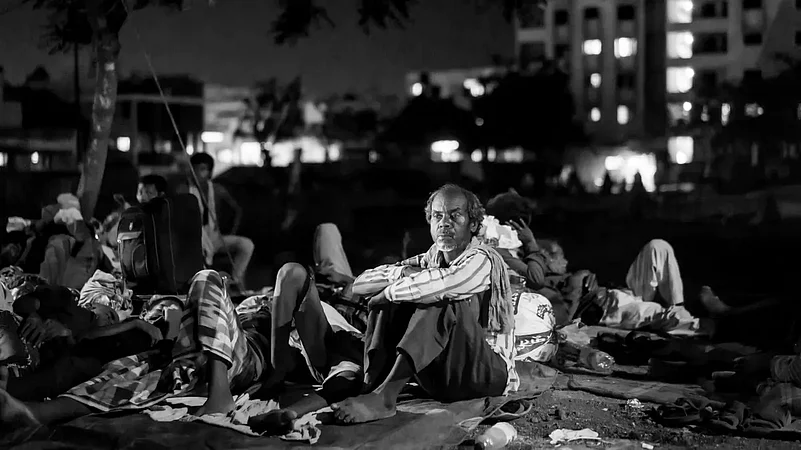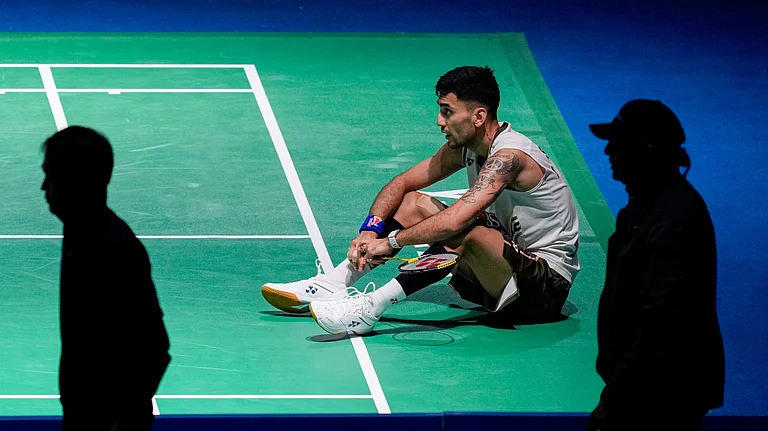Is Mumbai losing its shine for the migrants? The statistics of the Maharashtra government indicates that there is a notable change in the volume and direction of migration into Mumbai. However, the neighbouring Thane district and Navi Mumbai are seeing high footfalls of migrants from the rural parts of Maharashtra.
Significantly, while there has been a decline in blue collar migration, those with higher education and incomes have sought Mumbai as their city of choice, said state government sources.
The changing employment status in Mumbai is considered as the primary reason for a lesser number of daily wagers and labourers trooping into the megapolis, post the Covid-19 lockdowns and the exodus of migrants out of Mumbai. Once a thriving manufacturing hub for textiles, Mumbai over the years shifted to chemicals, petrochemicals, and fertilisers. The 1982 mill workers strike shut down the textile industries here. Now Mumbai is a thriving commercial and service centre, thereby changing the pattern of industrialisation in the city.
While the mills could employ a large number of rural labour who could be illiterate or semi-illiterate with no skills or semi-skilled, in present day Mumbai there has been a decline in such jobs, according to Praveen Ghag, President of the Girni Kamgar Sangharsh Samiti.
“No new industries have come up in Mumbai for over a decade now. This has reduced the inflow of migrants from other states into Mumbai,” said Ghag to Outlook.
The other reason for the waning appeal of Mumbai is the rapid urbanisation of Thane, Navi Mumbai, and other areas in the Mumbai Metropolitan Region (MMR). The movement of industries out of Mumbai to Thane and Navi Mumbai has also adversely impacted intra-state migration into the megapolis. Industries have relocated out of Mumbai due to the high power and water tariffs and the expensive transportation.
The high cost of property, rentals, and the declining jobs in the private sector have resulted in the shift in the migration pattern in Mumbai, said Ghag.
A sizeable number of varied industries in Mumbai are outsourcing their jobs or sub-contracting stages of production outside their units. This is also impacting migration into Mumbai, pointed out Ghag. Yet another reason for the dispersal of the migrant population from Mumbai is the development of satellite towns closer to the latter. The development of infrastructure, network of roads, proposed metro rail connectivity, low-cost living, and better and cheaper housing conditions has also been a major lure for migrants to either move out of Mumbai or not come to the city.
Speaking to Outlook, sociologist Prasad Mohite said that the improvement of the transport system within the MMR will be a major boost in reducing migration into Mumbai.
“These satellite cities have become newer centres for employment. There is also increasing investments from the government and private sectors which is pushing urbanisation at a faster pace,” said Mohite.
According to Mohite, while there has been a reduction of labourers and daily wagers into Mumbai, the highly educated and high salaried class is seeking jobs in the city.
“The service and commercial industry is attracting the educated classes from the north-eastern states. The educated class from states other than the traditional migration centres of Uttar Pradesh, Bihar, Kerala, Tamil Nadu, Andhra Pradesh, Karnataka, Gujarat, and Rajasthan are taking up jobs in Mumbai. This is a new trend,” said Mohite.
In fact, Chief Minister Eknath Shinde has been batting for a slum-free Mumbai. He wants developers to build affordable housing so that it would be accessible to many.
Speaking to Outlook, a developer executing major projects in Mumbai dismissed the idea of affordable housing in the megapolis.
“The property rates are extremely high in Mumbai because land is very expensive here. It is not possible for developers to build affordable housing at the rates proposed by the government in a place like Mumbai. Finding labour is also a task. Even at higher rates, it is difficult to bring labour from the northern states any more. This is the post-Covid 19 lockdown situation,” said the developer.


























